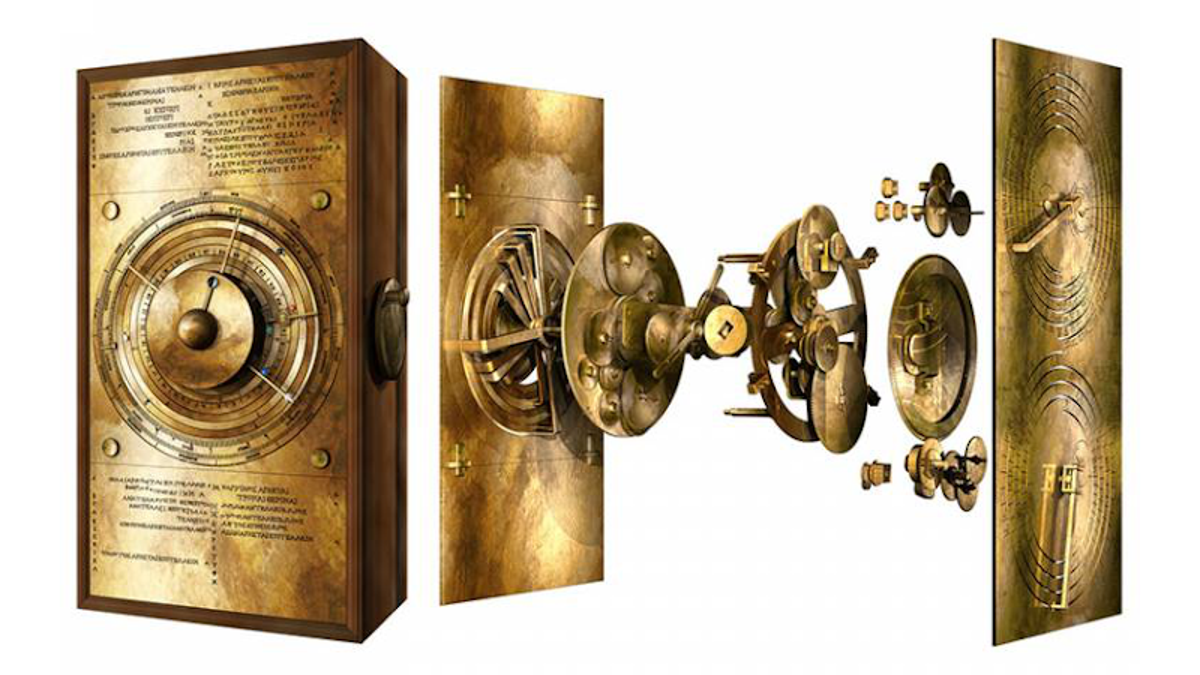Disir
Platinum Member
- Sep 30, 2011
- 28,003
- 9,607
- 910
By building a digital model of the Antikythera Mechanism, scientists may have finally exposed a key function of the ancient device, revealing a design that required some seriously advanced thinking.
Pulled from a shipwreck off the coast of Crete in 1901, the 2,000-year-old Antikythera Mechanism has baffled scientists for decades. New research published in Scientific Reports presents a hypothetical model of the astronomical instrument, which Tony Freeth, the lead author and a mechanical engineer at University of College London, says is the first to conform to “all the physical evidence and matches the descriptions in the scientific inscriptions engraved on the Mechanism itself,” he said in a statement.
The hand-powered device is the oldest known analog astronomical computer, an early example of complex mechanical engineering. Dating back to ancient Greece, the device modeled astronomical phenomena and events, such as lunar and solar eclipses and the positions of the Sun, Moon, Mercury, Venus, Mars, Jupiter, and Saturn.

 gizmodo.com
gizmodo.com
That's an awful lot of work to produce a convoluted mess.
Pulled from a shipwreck off the coast of Crete in 1901, the 2,000-year-old Antikythera Mechanism has baffled scientists for decades. New research published in Scientific Reports presents a hypothetical model of the astronomical instrument, which Tony Freeth, the lead author and a mechanical engineer at University of College London, says is the first to conform to “all the physical evidence and matches the descriptions in the scientific inscriptions engraved on the Mechanism itself,” he said in a statement.
The hand-powered device is the oldest known analog astronomical computer, an early example of complex mechanical engineering. Dating back to ancient Greece, the device modeled astronomical phenomena and events, such as lunar and solar eclipses and the positions of the Sun, Moon, Mercury, Venus, Mars, Jupiter, and Saturn.

New Model of Ancient Astronomical Device Reveals a ‘Creation of Genius’
By building a digital model of the Antikythera Mechanism, scientists may have finally exposed a key function of the ancient device, revealing a design that required some seriously advanced thinking.
 gizmodo.com
gizmodo.com
That's an awful lot of work to produce a convoluted mess.
